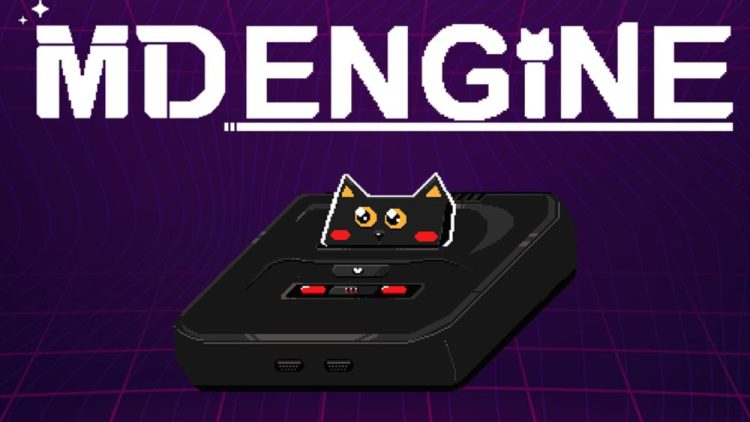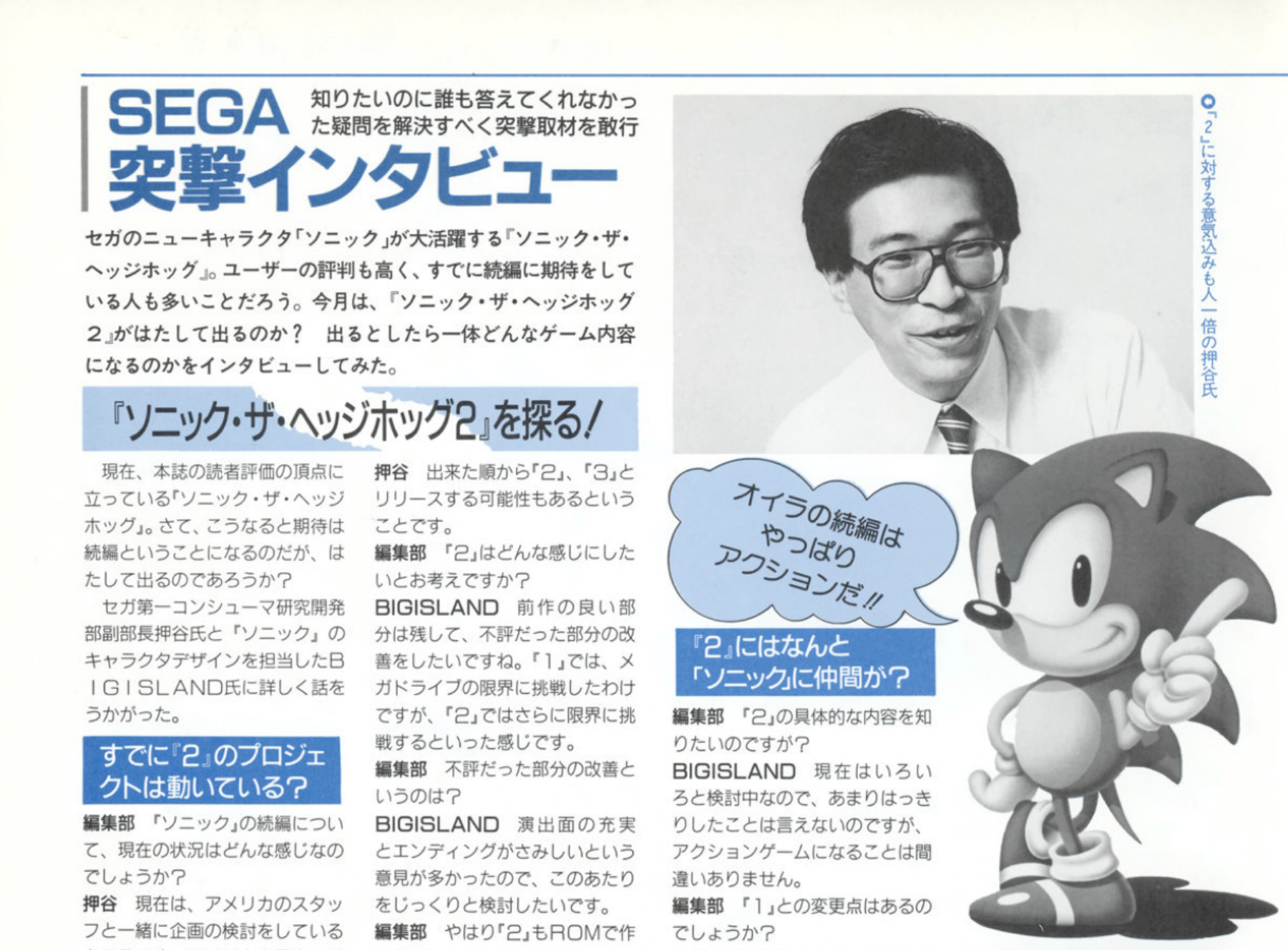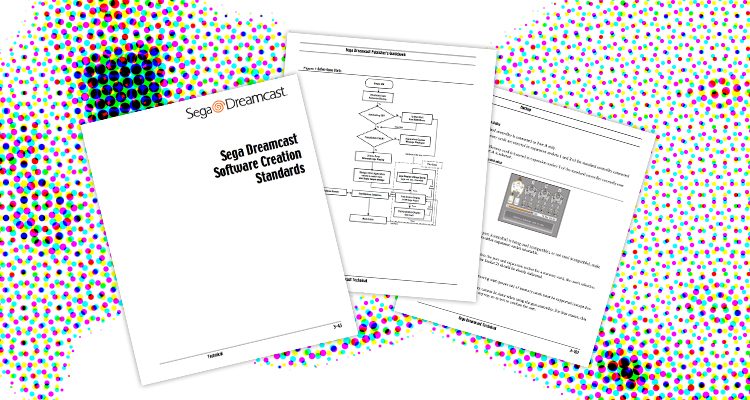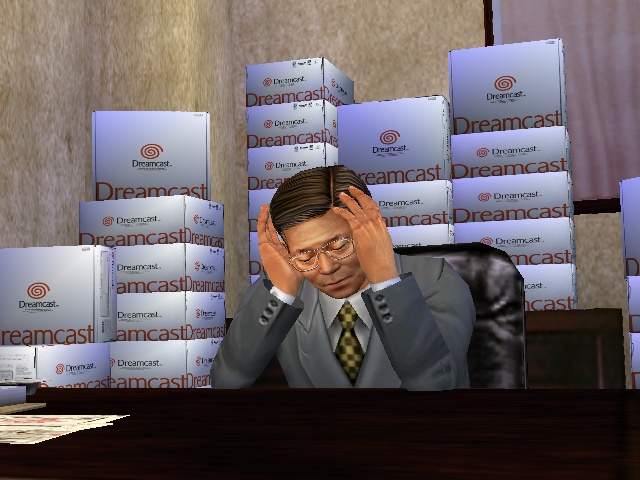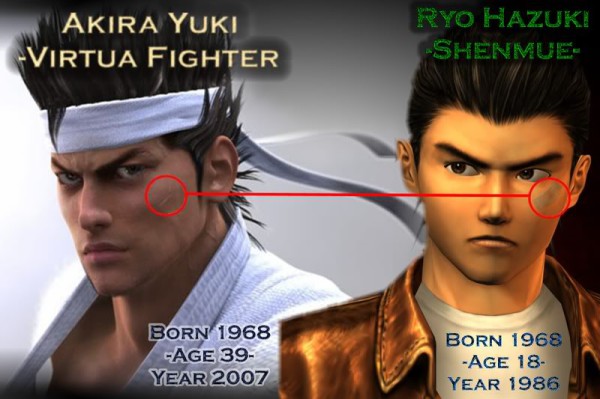New visual coding program for Genesis/Mega-Drive, MD Engine, coming soon
Look. I get you, Sega fans. You saw all these cool new homebrew games for Genesis/Mega-Drive coming out and you wanna make a game just like those, but you don’t know how to write code for Genesis. Thankfully, Two Black Cats have got you covered.
MD Engine is a new visual coding program made for easy development of games for Sega Genesis. A visual coding program, much like Game Maker or Clickteam Fusion, allows for the development of video games with an interface that allows for you to build a game with visual assets and menus without having to rely so much on writing code. With this, and a bit of patience and inspiration, you should be able to make your very own new Genesis games without having to write one line of code.
MD Engine was made as a fork of GB Studio, an open source visual coding program for making games for Nintendo’s Game Boy (Color) handheld. It uses much of the same interface and menus, so MD Engine should look familiar to anyone who has worked in GB Studio. However, MD Engine touts some extra special features that are not available even with GB Studio, such as exporting your game as a special PC or HTML5 game with extra features not possible on Genesis, such as a widescreen visual mode and CRT visual filters. Of course, if you just want to make a game ROM that can play on Genesis consoles or in Genesis emulators, you can do that as well.
Be sure to take a dive past the break to find out more about how MD Engine could help you make the Genesis game of your dreams.

